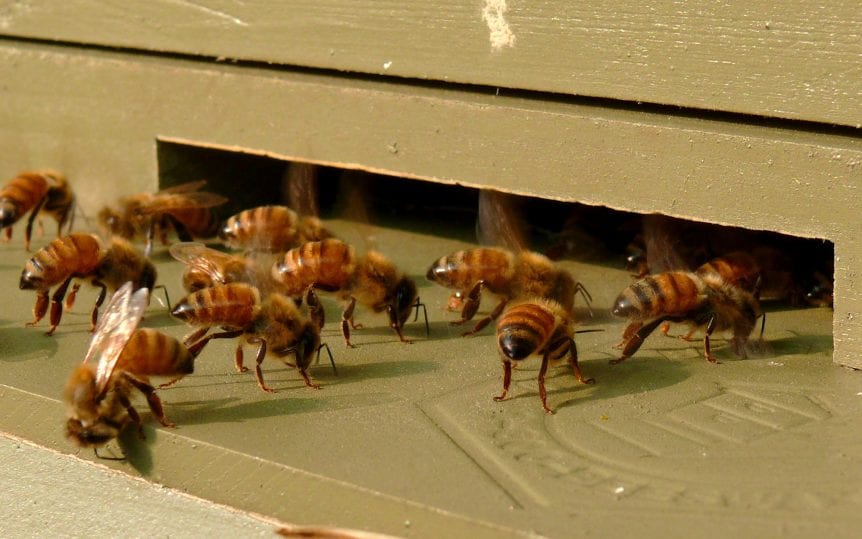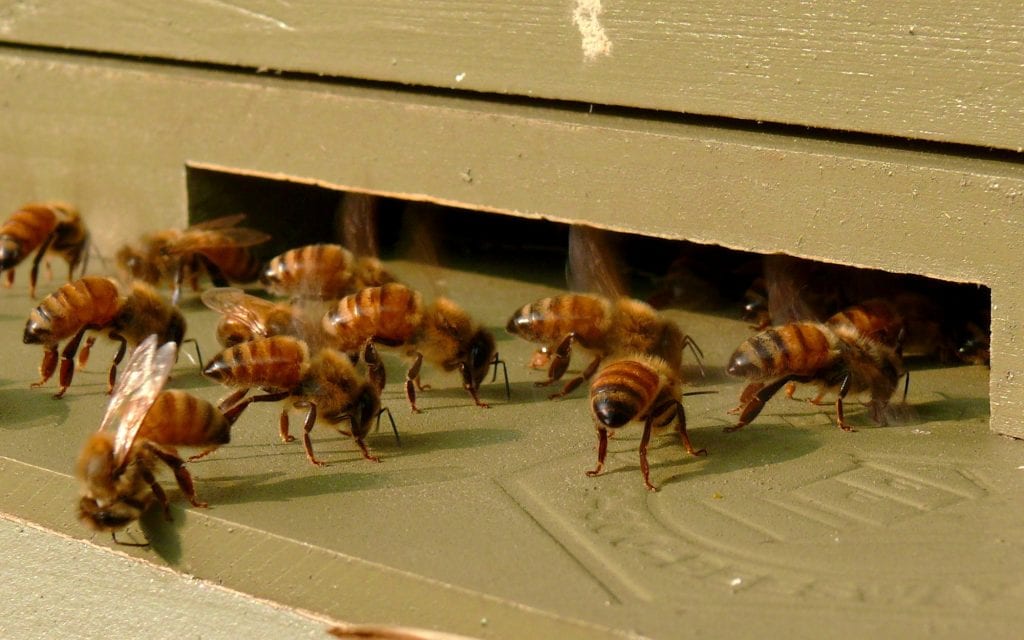A type of honeybee parasite has been found to take iron supplies away from bees, resulting in serious health complications. The Nosema ceranae parasite is one of the most significant threats facing honeybees. The parasite is known to create substantial issues that can result in colony collapse. An Agricultural Research Service (ARS) entomologist discovered that the parasite actually seizes iron from its host.
“In a number of mammal species, there is an iron tug-of-war between host and pathogen that is part of the central battlefield that determines the outcome of an infection,” Entomologist Yan Ping “Judy” Chen said in a news article from ARS. “But this has not been explored before in honeybees and not with Nosema.”
Iron is an essential micronutrient for honeybees, with flower pollen typically providing enough to meet the nutritional needs of honeybees. While working in the ARS Bee Research Laboratory in Beltsville, Maryland, Chen found that iron was a critical factor in the interaction between honeybees and Nosema ceranae. The parasite absorbs the iron honeybees ingest from flower pollen before they get a chance to put it to nutritional use.
Transferrin is the protein that allows honeybees to absorb and use iron taken in from pollen. The honeybee parasite uses the transferrin to prevent honeybees from taking the iron in. Honeybees are effectively starved of iron as their systems continue producing transferrin in an attempt to rectify the problem. “This only results in greater iron deficiency for the honeybee as the increasing transferrin level just gives the N. ceranae the opportunity to scavenge even more iron from the bee host for its own proliferation and survival,” Chen explained.
A better understanding of how the honeybee parasite affects bee populations can lead the way for developing potential solutions. Chen found that reducing transferrin production in the honeybees helped address iron loss and improved survival rates of infected bees. Regulating iron or transferrin production presents an area of research where a new treatment may be possible.











